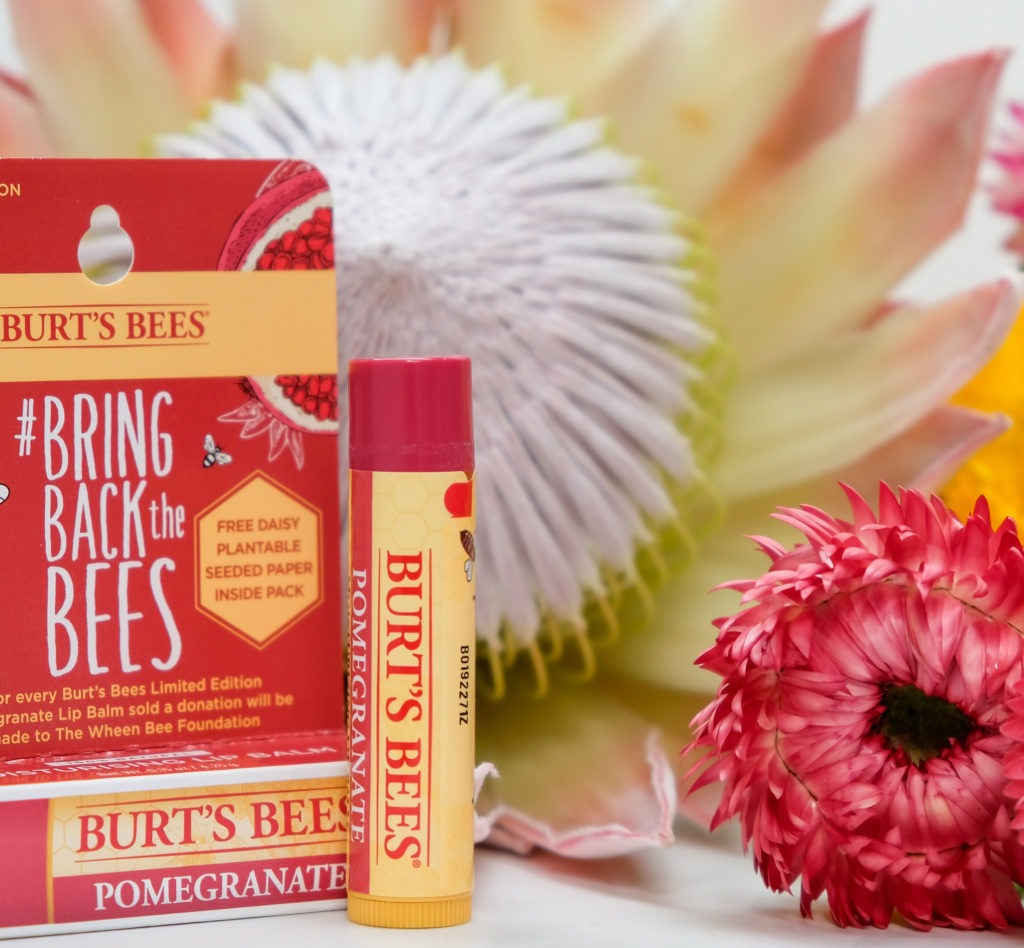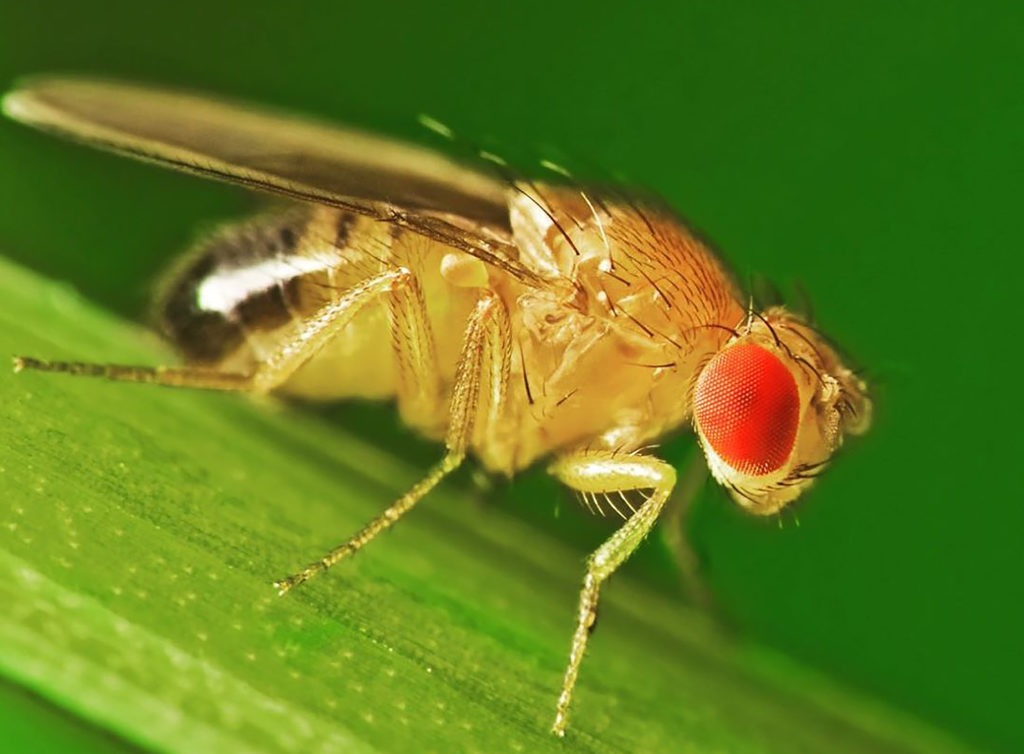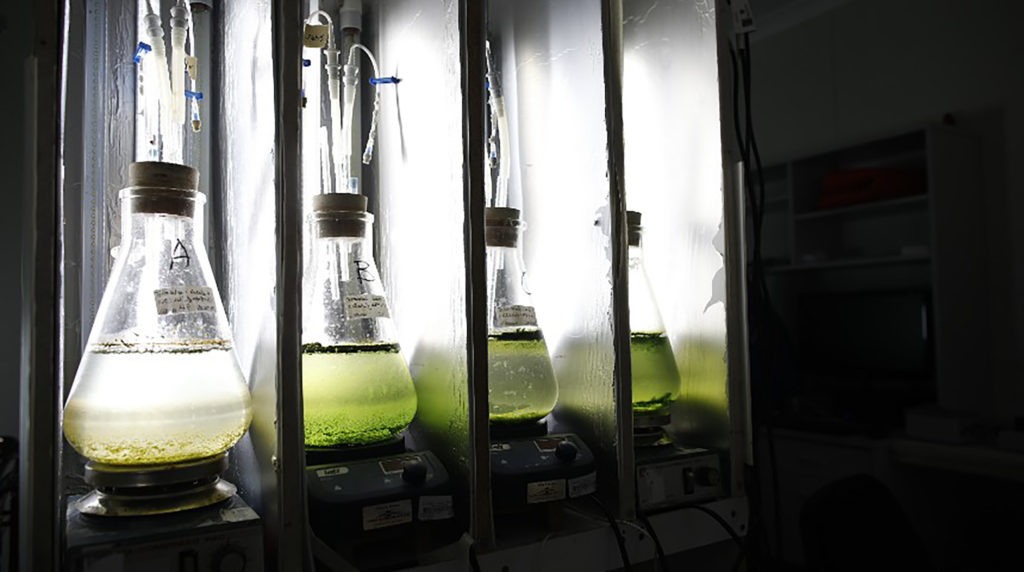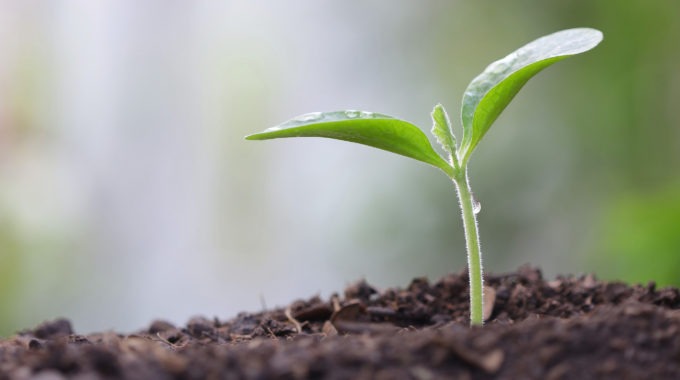So, what’s cropped up this week?
There’s always so much going on in our Australian food industries, we’d need three websites just to cover it all. Until we can swing that, we don’t want you to miss out, so this week we’ve brought you a wrap-up of some of the more innovative new developments in Australian agricultural science, as well as a new product offering that’ll have you all abuzz.

Far out… really far out
Farmers normally look to the skies in search of rain, but a new AgriFutures Australia collaboration with the Australian National University, due out in November this year, is exploring why farmers should be looking to space to solve industry challenges and help the sector take full advantage of opportunities on the horizon.
Space technologies – satellite imaging, low bandwidth sensors, GPS tracking, paddock level imagery and weather forecasting – are proving to be game-changers in the quest for improved food production. Critically, these technologies also have a role to play in early warning systems to better manage and respond to natural disasters.
“This work will help drive the understanding and literacy of space technology among producers and open their eyes to how they can practically use it to generate productivity and efficiency gains,” says AgriFutures Australia Manager, National Rural Issues, Jane Lovell.
Typically, this type of technology has been the domain of sectors like mining and defence, so it’s great to see that our agricultural industries can also benefit.

#BringBackTheBees
Natural beauty brand Burt’s Bees and flower delivery service Floraly have teamed up to help save our bees, with the launch of a limited edition Bring Back The Bees Lip Balm, featuring plantable paper inside the pack that can help you build a bee-friendly garden.
Bees are nature’s powerhouse – one-third of the food that we eat relies on them for pollination, including fruits, vegetables, seeds and nuts, as well as feed for livestock. But the global bee population continues to decline at an alarming rate, while Australia’s honey bee industry is struggling to recover from the impact of bushfires, floods and COVID-19 .
This October, every Floraly bouquet purchased will include a Burt’s Bees limited-edition Bring Back the Bees Pomegranate Lip Balm. Each special pack includes a strip of plantable seeded paper containing Swan River Daisy seeds – a plant known for its bee-friendly flowers. The native flower thrives across Australia all year round, in either a pot or garden, to enable people to grow their own bee-friendly environment at home or work.
You can find Burt’s Bees Bring Back the Bees Pomegranate Lip Balm at Chemist Warehouse, Priceline and Woolworths for $6.95. The Floraly Bee Friendly Bouquet is available for $65.

How far can a fruit fly fly?
If you can hear buzzing and there are no bees around, you could be in Adelaide. Almost 100 million super-attractive sterile fruit flies will be released across Adelaide’s suburbs over the coming weeks in an all-out assault against eight current metropolitan fruit fly outbreaks.
Sterile Insect Technology (SIT) flies will be unleashed on outbreaks in Blair Athol, Croydon Park, Angle Park, Rosewater, Semaphore Park, Pooraka, Campbelltown and Klemzig – impacting more than 250 suburbs across Adelaide.
Minister for Primary Industries and Regional Development David Basham says the use of SIT flies is a key weapon in helping to eradicate the metropolitan outbreaks: “With eight outbreaks across metropolitan Adelaide we must use every tool at our disposal to defend against this devastating plant pest,” he says.
The use of SIT flies has played an important role in eradicating previous fruit fly outbreaks in South Australia. It’s expected the release of the flies will help knock out the Mediterranean fruit fly population in Adelaide as its comes into the warmer months.
You can do your bit to keep the fruit fly population down by removing any ripe fruit from trees, picking up any that’s fallen to the ground, and not travelling to protected areas of Victoria, New South Wales or South Australia with any fresh fruit or vegies.

From farming waste to bioplastics
Intensive animal farming generates significant amounts of effluent that contain high concentrations of pollutants, posing one of the biggest environmental challenges facing producers today. The wastewater produced in cleaning facilities on these farms can’t be directly released to the environment. It can be composted or diluted to create a fertiliser, but this is costly, and can result in excessive nutrient build-up in treated pastures.
Now an interdisciplinary team of researchers from Murdoch University has come up with a novel solution to the problem. They’re working to convert agricultural wastewater into high-value bioplastics, preventing the pollution of local waterways in the process.
“Our idea is to use microalgae to convert organic wastes from pig, dairy, and chicken farming into high value bio-based plastics and clean water,” says Dr Damian Laird, one of the research team members. “The microalgae convert the potentially polluting nitrogen and phosphorus into biomass that can be transformed into biodegradable bioplastics. The process effectively cleans water, sequesters carbon and reduces pollution.”
Ideally, this will transform waste disposal processes for these industries from a cost to making a profit. And the wider environment also wins, as the nutrients contained in the waste get recycled, rather than potentially ending up in local waterways and estuaries.









